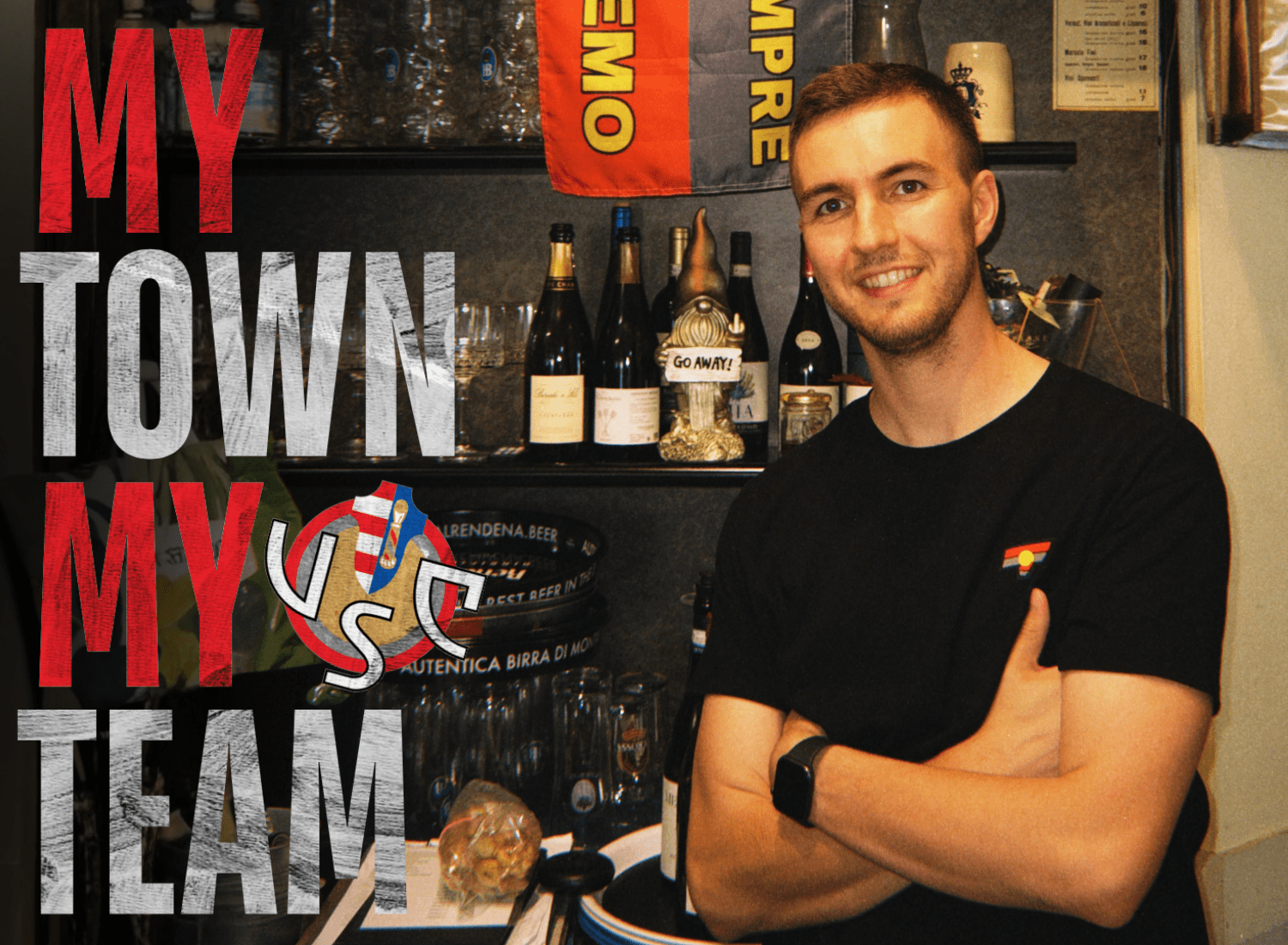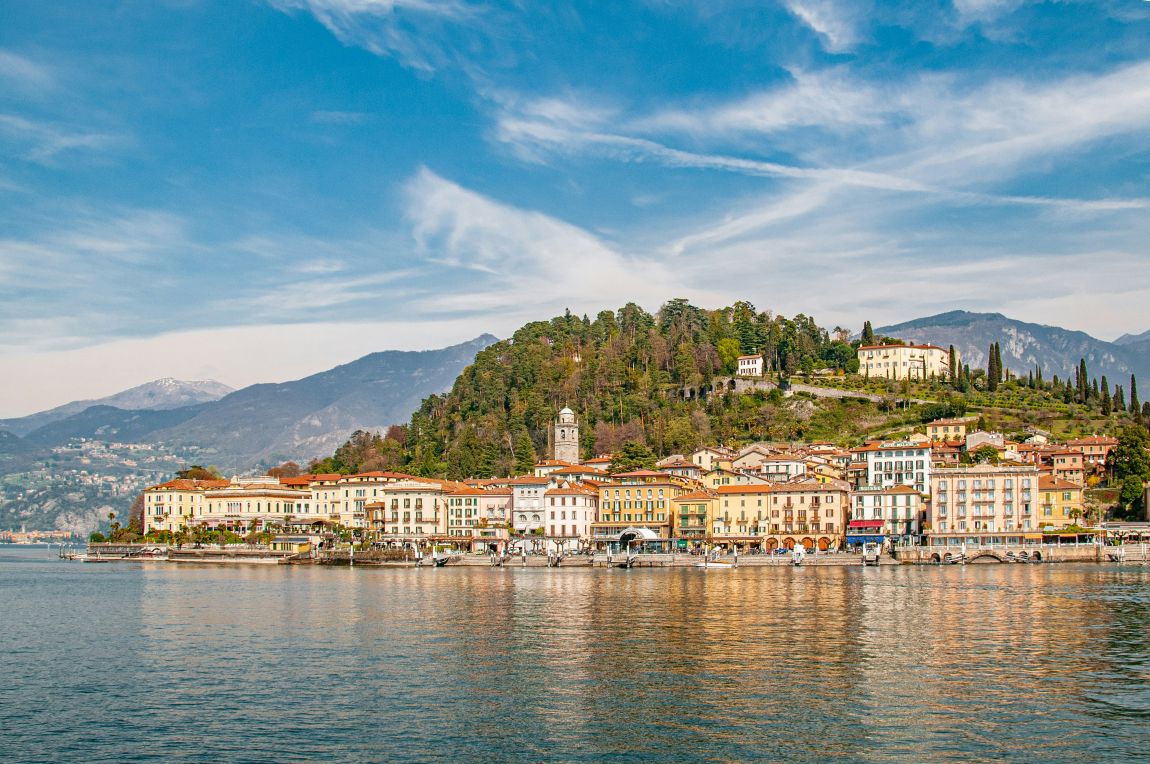
Classic Calcio: Parma 6-4 Livorno, May 2005
By Dan Cancian
What constitutes a great game? The debate is almost as old as football itself.
Is it goals, is it what’s at stake, is it the calibre of teams? While some requirements are more important than others, it is all open to interpretation.
As a general rule, goals are necessary and should be shared as equally as possible.
There is a reason why the semi-final of the 1970 World Cup between Italy and West Germany is known as the game of the century after the Azzurri prevailed 4-3 over 120 breathless minutes.
But one could also argue a good, old-fashioned walloping can be just as entertaining. Think of AC Milan dismantling Real Madrid 5-0 in the semi-final of the 1989 European Cup.
Conversely, some would claim goals are not crucial to a great game.
Inter Milan’s defeat at Barcelona in the Champions League semi-final 15 years ago may well be one of the most dramatic and gripping matches in history, yet it produced just one goal over 90 attritional minutes.
Similarly, great games are not exclusive to knockout football, glamorous derbies or tussle between title rivals.
At times, as was the case 20 years ago on the first day of May, football can be at its bewildering best when two teams with far more modest aspirations collide.
Just ask Parma and Livorno, who produced a 10-goal extravaganza in 2005, with Alberto Gilardino and Cristiano Lucarelli scoring four each.
Livorno were all but safe by the time they travelled to Emilia on May 1, a remarkable achievement for a side that had returned to Serie A for the first time in 55 years just 12 months earlier.
The Amaranto’s return was not the only novelty factor in calcio’s top tier at the beginning of the 2004-05 season, the first to include 20 clubs in 52 years.
Two more teams were in, but smoking was definitely out with the implementation of a ban on cigarettes in the technical area, much to the dismay of Zdenek Zeman, Maurizio Sarri, Hector Cuper et al.
The wind of change also brought other significant innovations. Players would be booked for removing their shirt when celebrating a goal and for the first time in history, the Serie A winners would be presented with a trophy on the pitch on the final day of the season.
By 2005, the days of trophy presentations were a distant memory in Parma.
In January of the previous year, president Stefano Tanzi had resigned and the entire board of directors had followed at once as the milk turned sour at Parmalat.
Owned by the Tanzi family, the local dairy conglomerate had been in charge of Parma since 1990, transforming them from a Serie B side into a domestic and European powerhouse.
Over the following 12 years, Parma won eight major trophies, including four in Europe, and collected star signings as if they were Panini stickers. From Gianfranco Zola to Faustino Asprilia and Juan Sebastian Veron to Hernan Crespo, the Ennio Tardini became the stage for some of the game’s biggest names.
But Parmalat’s financial might, as it turned out, was built on one of the biggest corporate cons of the century and in 2004 the Tanzis were forced to sell the club amid a £13bn book-fiddling scam, which remains Europe’s biggest bankruptcy.
Six years later, Parmalat’s patron Calisto Tanzi, the father of Parma president Stefano, was sentenced to 18 years in jail for fraudulent bankruptcy.
The impact of Parmalat’s financial collapse weighed heavily on Parma, who narrowly avoided a bankruptcy of their own as the full extent of their parent company’s financial malpractice was laid bare.
The summer of 2004 brought about significant change for the Ducali, who had finished fifth the previous season but had to balance the books. Matteo Brighi and Matteo Ferrari were sold to Juventus and Roma respectively for a combined €18m, while Simone Barone left for Palermo in a €5m deal.
Costly mistakes such Hidetoshi Nakata, Savo Milosevic and Martin Djetou left for free, while Adriano had rejoined Inter Milan in a €23m deal six months earlier.
The Brazilian had plundered in 26 goals in 45 appearances in all competitions for Parma, but the Gialloblu had a ready-made replacement on their hands in Gilardino, who had joined from Hellas Verona in 2002.
Adriano’s departure proved transformational for Gilardino, who rattled in 17 goals in the second half of the 2003-04 season after the Brazilian’s move to Inter.
The Italy Under-21 star finished the campaign with 23 goals to his name, just one fewer than Andriy Shevchenko, who won the Capocannoniere title with 24.
If Gilardino’s goals had propelled Parma to a UEFA Cup spot in the previous season, now they desperately needed them to avoid relegation.

The Gialloblu arrived into the Labour Day bank holiday second from bottom in Serie A, three points ahead of Atalanta and one adrift of safety.
Livorno, meanwhile, were in the midst of an unlikely push for Europe as they trailed sixth-placed Palermo by five points with four games left.
With Serie A survival on the line, Parma again turned to Gilardino and he duly responded, putting the hosts in front three minutes into the game as he poked home a Domenico Morfeo cross from point-blank range.
Livorno were level 20 minutes later through Lucarelli, who received a smart flick from Mario Licka before firing past Sebastian Frey.
Lucarelli had scored twice in the reverse fixture, a 2-0 win for Livorno which left Parma second-bottom in Serie A and ultimately cost Silvio Baldini his job.
Baldini was replaced by Pietro Carmignani, whose five months in charge had done little to dispel fears of relegation.
The concerns grew larger still as Lucarelli added a second three minutes later, seizing on some questionable defending to head in at the back post.
The Livorno captain would replace Shevchenko as Serie A’s leading goalscorer, plundering in 24 goals to pip Gilardino, who hit 23 for the second consecutive season, to miss the Capocannoniere award by one goal.
Considering the dearth of Italian strikers over the past decade, it is striking to look back at the scoring charts from two decades ago to find Vincenzo Montella and Luca Toni behind Lucarelli and Gilardino with 21 and 20 respectively.
If Gilardino was then considered as the future of Italian football, Lucarelli was a brilliant aberration in calcio’s conservative environment.
Brought up in a working-class neighbourhood in Livorno known locally as ‘Shanghai’, he wore his left-leaning political views firmly on his sleeve.
Or, to be accurate, on a t-shirt he wore under his Italy kit when he made his Under-21 debut in his home town and celebrated a goal by revealing a picture of Ernesto “Che” Guevara.
There was nothing particularly surprising to see a Livorno fan espousing socialist ideology. After all, the Italian communist party was founded in the Tuscan city, which remains proudly socialist to this day.
“I grew up in an environment inspired by Che Guevara,” he would later reflect.
If politics dominated the headlines, Lucarelli let his football do the talking.
A combined 34 goals in three seasons with Cosenza, Padova and Atalanta earned him a move to Valencia under Claudio Ranieri, only for a serious injury to limit his opportunities.
After 27 Serie A goals in two seasons with Lecce and a decent spell at Torino, Lucarelli returned to Livorno in the summer of 2003, opting to sign for his hometown club in Serie B rather than chase a more lucrative offer elsewhere.
Heart, as he would explain in his book Tenetevi Il Miliardo (You Can Keep Your Billion), ruled over head.
Back among his people, Lucarelli wasted no time in firing the Amaranto back to Serie A by rattling in 29 goals in his first season, when he formed a devastating attacking partnership with Igor Protti.
Lucarelli’s goals in his second campaign in Livorno were crucial to the Amaranto cementing their Serie A status and now he headed the visitors in front.
Parma hit back two minutes later, with Andrea Pisanu prodding home from close range after a smart stop from Marco Amelia.
Barely 10 minutes had elapsed by the time Gilardino hit his second of the afternoon, seizing on a deft flick from Morfeo, before rounding Amelia and slotting the ball into the empty net.
With five goals exchanged in 35 breathless minutes, surely the second half could not continue in the same vein, right?
It took all of two minutes for Fabio Simplicio to kibosh that theory, the Brazilian finding the bottom right corner with a magnificent daisy-cutter from the edge of the box.
Livorno, however, were not done yet and Lucarelli completed his hat-trick 16 minutes into the second half, converting from the spot after Pisanu was penalised for handball.
Referee Pasquale Rodomonti ordered a retake, but Lucarelli converted again, sending Frey the wrong way to cut Parma’s lead to one goal.
Not wanting to be outdone by the Livorno captain, it was now Gilardino’s turn to grab his third of the afternoon and in some style too.
With Parma awarded a free-kick about 35 yards from goal, Morfeo slid the ball to the Gialloblu No11, who received it with his back to goal and the other Lucarelli, Alessandro, right behind him.
Anticipating Gilardino may turn inside, the Livorno centre-back took half a step back, which was all the Parma striker needed to lift the ball on to his left foot and pull the trigger in one fluid motion, firing it in off the post.
It was a pure striker’s goal, the kind of finish Filippo Inzaghi made a career out of.
Goals then briefly ceded centre stage to goalkeepers, with Protti’s header drawing a superb save from Frey to deny Livorno a fourth.
Relief, however, was purely temporary as Protti’s header this time set up Lucarelli, who rose higher than two Parma defenders to direct the ball past Frey for the fourth time with 74 minutes played.
Only minutes earlier, Gilardino had complained about a niggle.

“If your leg hurts, you’d better come off,” was Carmignani’s response, which was picked up by the TV crew pitchside.
The advice was promptly ignored, with Gilardino stabbing home Parma’s sixth five minutes from time to complete a historic afternoon.
The win lifted the Gialloblu up to 15th and away from the relegation quagmire, but despite picking up five points from their remaining three games they would require a play-off against Bologna to preserve their Serie A status.
Gilardino, unsurprisingly, was again in the thick of the action scoring the decisive goal as they overturned a 1-0 first-leg deficit with a 2-0 win in Bologna.
There was no such solace to be found in Europe, with Parma crashing out of the UEFA Cup three days after their spectacular encounter with Livorno following a 3-0 defeat away against CSKA Moscow.
The Tuscans, meanwhile, missed out on a place in Europe but clinched it the following season, finishing sixth ahead of Parma as the calciopoli scandal rocked Italian football.
After 24 goals in his first season in Serie A with Livorno, Lucarelli banged in 19 and 20 in the two following campaigns, proving once and for all he belonged at the top level.
As for his memories of that extraordinary afternoon in Parma, he once reflected: “I’d have rather drawn the game 0-0 than lose it 6-4.”
Related Articles
Related Articles
We get a local take on what's hot in Cremona - where to eat and drink, sights to see and handy hints that might not be in the tourist guides.
The Artemio Franchi will always be the main reason calcio fans head to Florence but there is one other thing that must be on the to-do list.
After the final whistle is blown at Stadio Giuseppe Sinigaglia, there is no better place to unwind than Bellagio.




